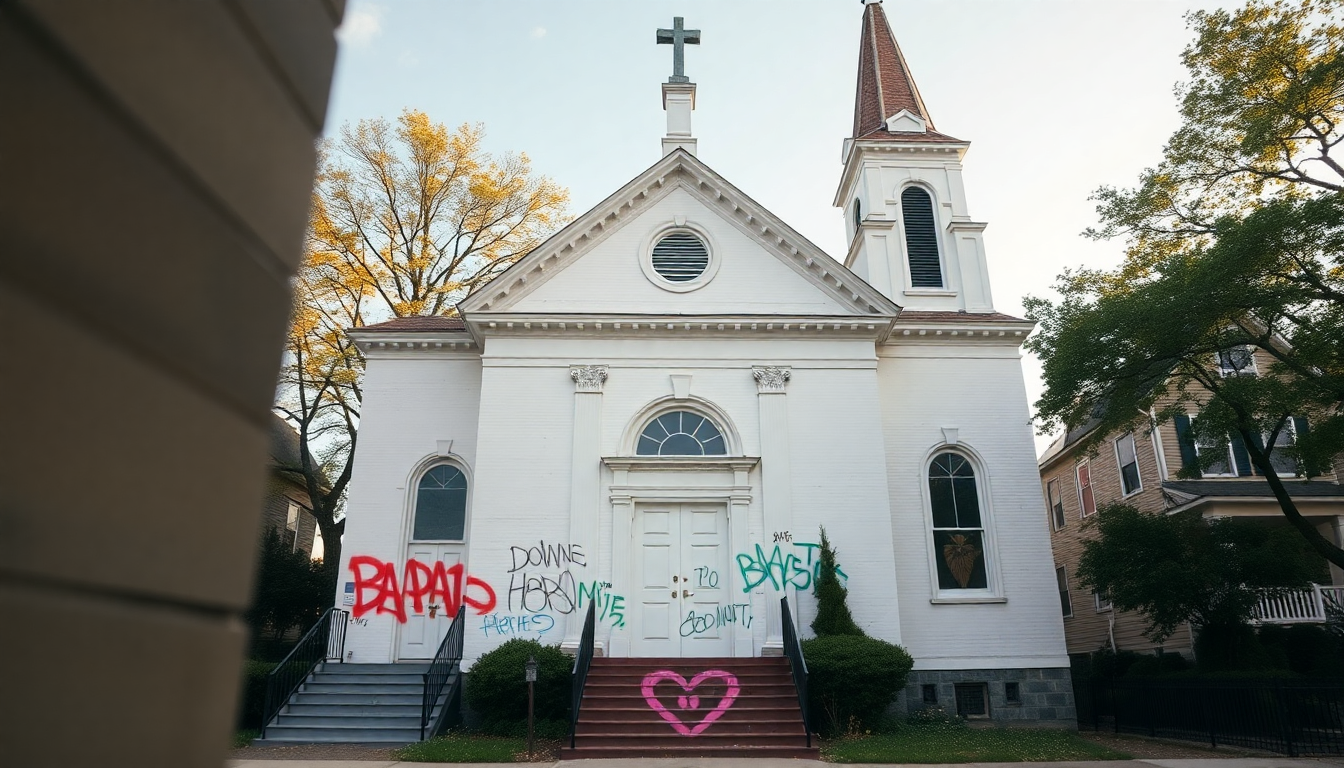Table of Contents
Washington, D.C. is currently facing a surge in crime that has raised alarms among citizens and officials alike. Recent events, such as vandalism at a local church, have highlighted just how pressing the situation has become. In this article, we’ll explore these incidents, the city’s response, and what it all means for community safety.
Recent Incidents and Community Impact
Recently, the Metropolitan Police Department reported a troubling act of vandalism at Mt. Olive Baptist Church, located in the heart of Capitol Hill. Just before 6:30 p.m. on a Monday, officers rushed to the scene after receiving calls about rocks being hurled through the church’s beautiful stained-glass windows. Unfortunately, the damage didn’t stop there; a nearby vehicle was also heavily vandalized. By the time the police arrived, the culprit had made a quick getaway, leaving the community to deal with the fallout.
This incident is just one piece of a larger puzzle of escalating crime in the city. Capitol Hill, known for its historic sites and government buildings, is grappling with the aftermath of past unrest, particularly as it tries to bounce back from the upheaval following the riots of 1969 after Dr. Martin Luther King, Jr.’s assassination. These historical events add a layer of complexity to the current challenges the neighborhood faces.
As local leaders and residents come together to discuss these incidents, there’s an undeniable urgency to tackle the root causes of crime. The church, which serves as a vital support center for the community, is a poignant reminder of what’s at stake. Vandalizing such a cornerstone brings forth deeper conversations about safety and the strength of community bonds.
Government Response and Crime Crackdown
In light of rising crime rates, the Trump administration has taken a proactive stance by deploying federal agents throughout Washington, D.C. This move has led to a significant uptick in law enforcement actions, with reports indicating more than 550 arrests since federal agents increased their presence in August. Notably, there was one evening where federal agents made 66 arrests in a single night, recovering illegal firearms and seizing drugs during various operations.
FBI Director Kash Patel has made it clear that these actions are about “saving lives every day,” which underscores the commitment to confronting safety issues head-on. This enhanced law enforcement presence aims to deter future criminal activity and restore a sense of security for residents.
Additionally, the Metropolitan Police Department has rolled out a juvenile curfew to address the growing problem of youth-related crime. Effective from 8 p.m. to 11 p.m., this curfew prohibits minors from gathering in certain areas, aiming to reduce the risks associated with large groups. These measures reflect a dual focus: tackling crime while also working to prevent it, particularly among young people.
Looking Ahead: Community Safety and Recovery
The recent incidents and the subsequent governmental responses mark a pivotal moment for Washington, D.C. As the city navigates these challenges, community involvement will be key in creating a safer environment. It’s vital for residents and local leaders to collaborate on addressing the root causes of crime while supporting initiatives that foster positive interactions within the community.
In the months to come, keeping an eye on the effectiveness of these law enforcement strategies and community initiatives will be crucial. The hope is that through unified efforts, Washington, D.C. can not only lower crime rates but also rebuild trust and security in neighborhoods that have faced significant trials over the years.
Ultimately, the relationship between crime, governmental action, and community response will play a significant role in shaping the future landscape of D.C. The resilience of its citizens, coupled with the efficacy of its policies, will be put to the test as the city continues on its path toward becoming a safer and more secure capital.


